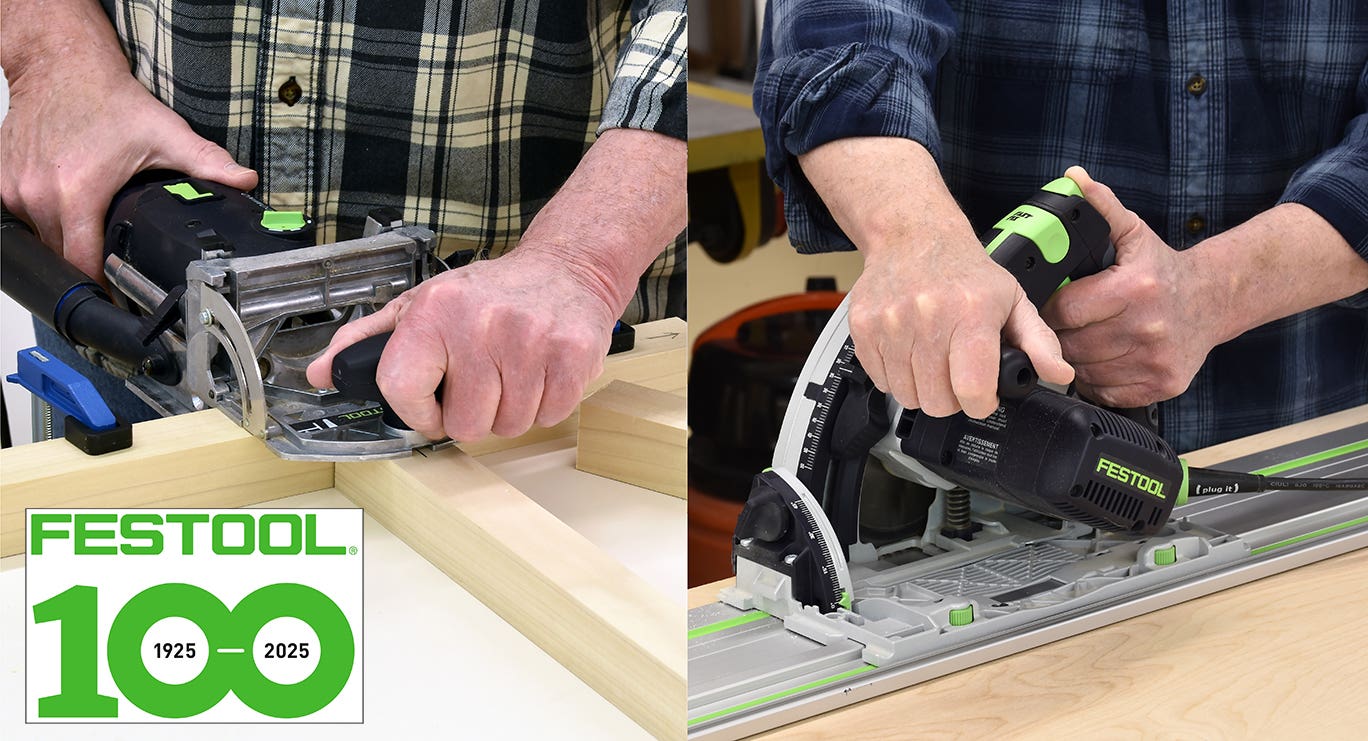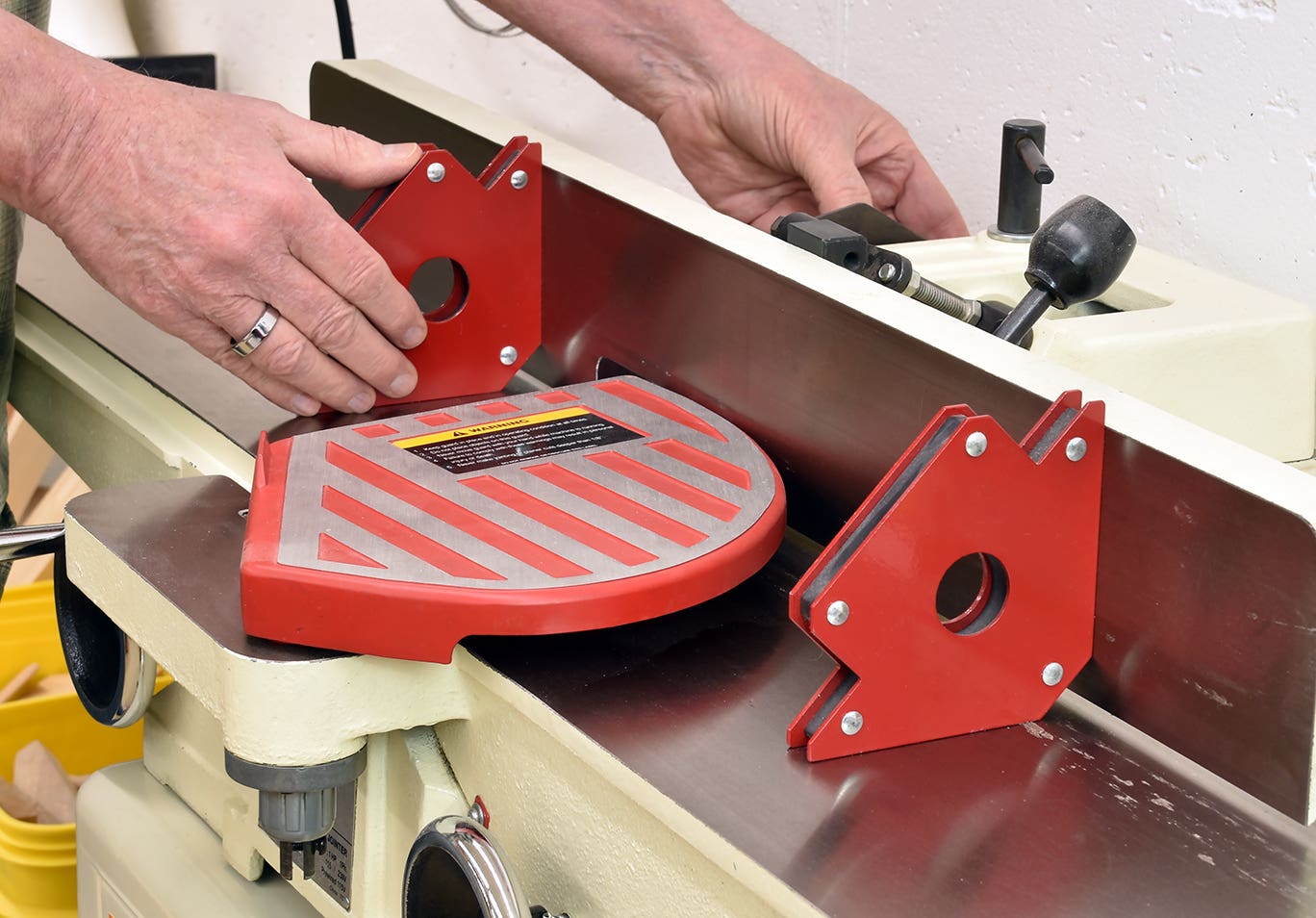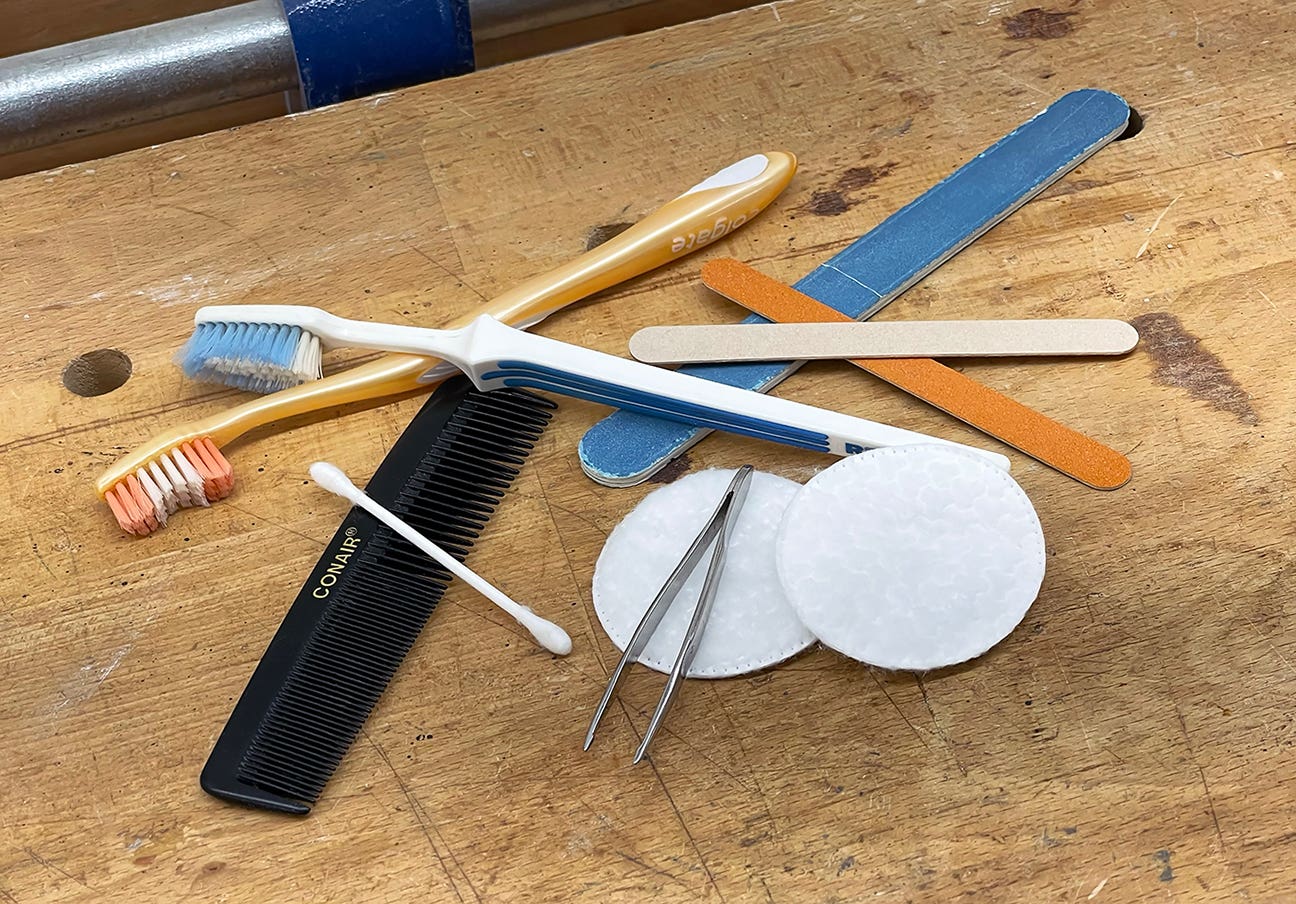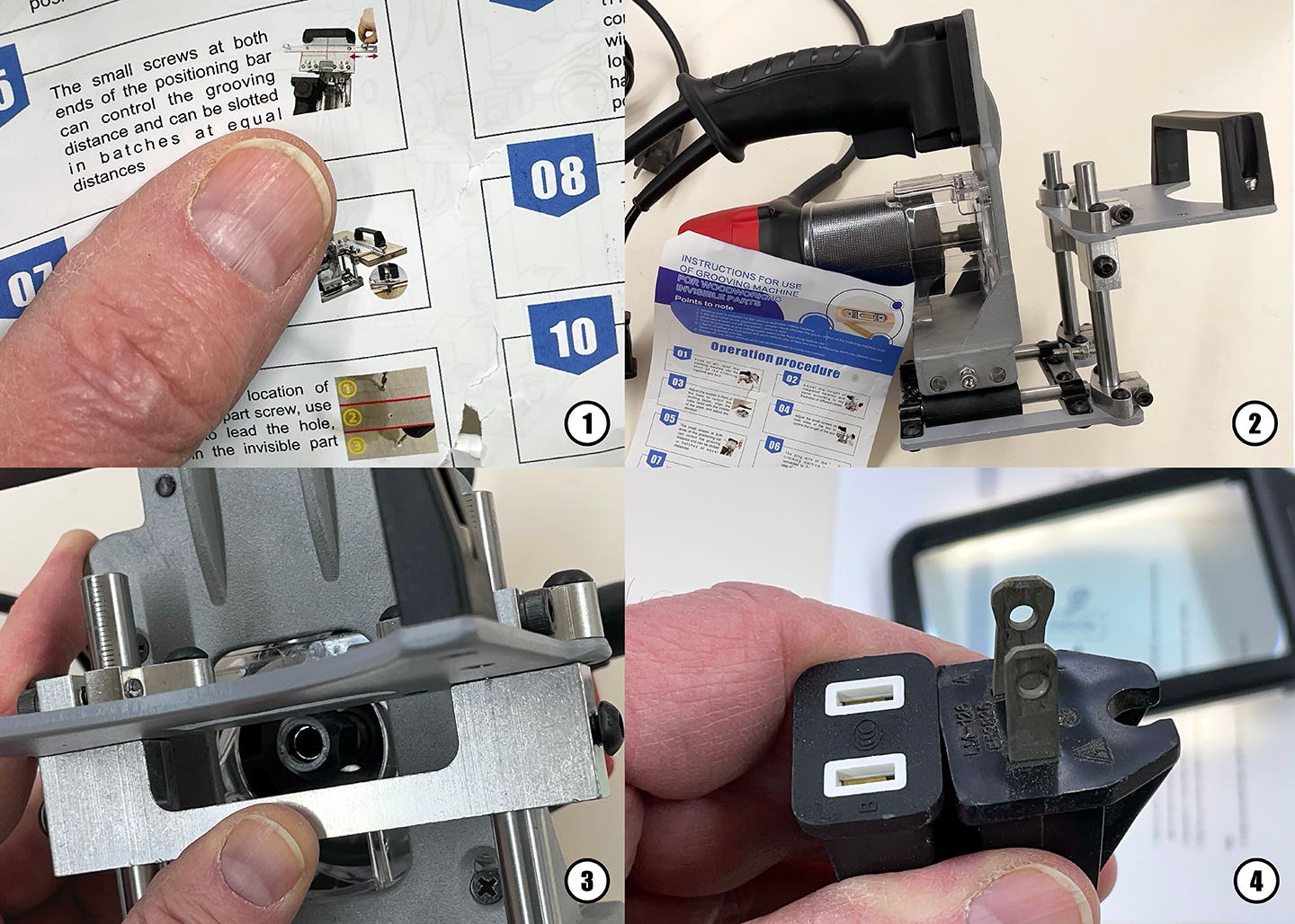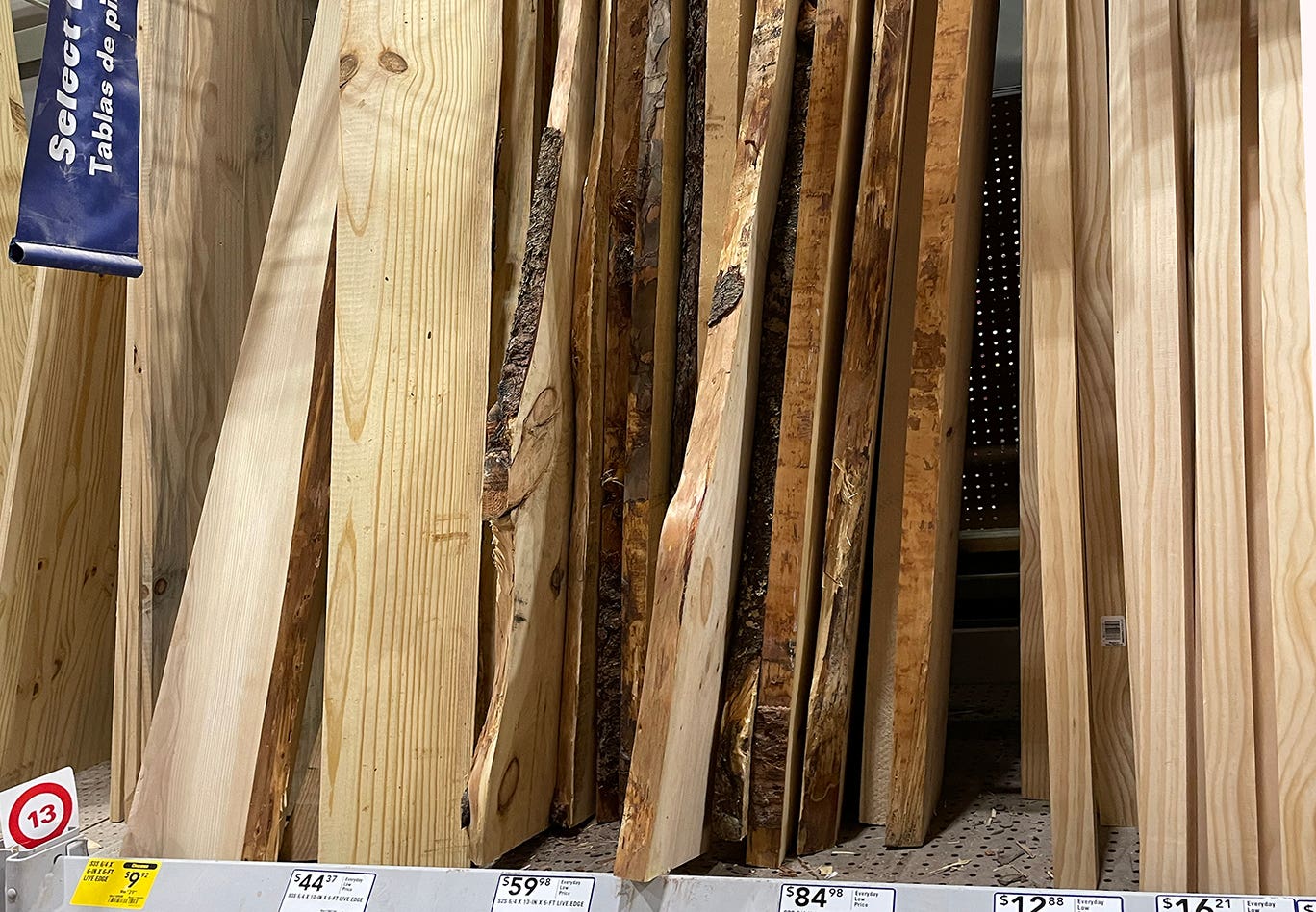Cut through the myths involved in French polishing
French polishing is a method of applying shellac to a surface to create an almost perfect high-gloss finish film that has great depth. Though it takes practice to master, the…
French polishing is a method of applying shellac to a surface to create an almost perfect high-gloss finish film that has great depth. Though it takes practice to master, the procedure is easy to describe.
Wrap a folded cotton or wool cloth about the size of a golf ball or larger inside a thin, tightly woven, non-stretchable cotton or linen cloth (I like using well-worn handkerchiefs). Twist the edges of the outer cloth tight to take out wrinkles and pour some one-to-two-pound-cut shellac onto the bottom of the pad. Tap it hard against your other hand to disperse the shellac and rub the cloth in straight, circle or figure-eight strokes over the wood surface to slowly build an evenly thin film.
When you tap the pad, it should feel damp, not soaking wet.
At an early stage, sand with very fine sandpaper (for example, 600-grit) to remove roughness and other flaws, then continue building the film. At any time flaws such as rag tracks or dust appear, sand them out with very fine sandpaper.
There are three tricks for getting good results.
The first is to apply a couple of finger dabs of mineral oil to the bottom of the pad every time you add more shellac. Then disperse again. (I dab from the cap of the mineral-oil container.) You could also use another oil, but if it’s a drying oil, you have to be sure to remove every bit of it at the end or you’ll end up with a sticky surface.
As the alcohol in the shellac evaporates through the oil, it leaves a vapor trail across the surface, which tells you if you have the right amount of shellac and alcohol in the pad. If the pad is too wet, the vapor trail will be so long you can’t see its end. If the pad is too dry, there won’t be a vapor trail, just a smear of oil on the surface.
As you rub, the vapor trail will shorten to just a few inches. This tells you it’s time to replenish the pad.
The second trick is to wipe the oil off the surface now and then with naphtha to see where you are. The oil disguises flaws, making you think you’re closer to being finished than you actually are. For this reason, many experienced French polishers don’t use oil at all, but they lose the lubrication and the visual clues provided by the vapor trail.
Naphtha is better than mineral spirits because it evaporates within seconds. Neither damages the shellac.
The third trick is to reduce the amount of shellac and increase the amount of alcohol as you near the end of the job — that is, as the film starts looking good with the oil removed. The easy way to do this is to dispense from two squeeze bottles: one with two-pound-cut shellac and the other with alcohol.
For all the building phase, pour some shellac followed by a little alcohol onto the pad and disperse. As you near the end, slowly reduce the shellac you’re adding to nothing, finally adding just alcohol.
The purpose of increasingly thinning the shellac is to eliminate rag tracks. Just as brushes leave brush marks when the finish is thick, cloths leave rag tracks.
Adding shellac and alcohol
It’s common to see instructions to open up the outer cloth and apply the shellac and alcohol to the inner cloth whenever you need to replenish it. It’s claimed that the outer cloth regulates the seepage.
This is silly. Once both cloths are wet with shellac, the outer cloth doesn’t know it is separate from the inner cloth. Removing the outer cloth every time you need to replenish the pad gets really messy and there’s no need to do this as long as your outer cloth isn’t so thick that the poured shellac can’t penetrate.
Pressing hard
Another common instruction is to press very hard, like you’re pressing all the way to China, as George Frank, a prominent writer in Fine Woodworking in the 1970s and ’80s, used to say. This is not necessary.
Shellac is an evaporative finish. It settles flat as the alcohol evaporates. Pressing might add a little heat, but the alcohol evaporates very rapidly without the added heat and pressing hard is a sure way to damage an antique.
Filling pores
Another instruction from George Frank is to use pumice to fill pores in porous woods. Sprinkle some pumice on the surface and rub with a pad that is mostly, or all, alcohol. Slowly, the pores will be filled with the pumice.
It’s important to keep in mind that, traditionally, French polishing was most commonly done on mahogany and the Cuban mahogany that existed in the 19th century was much denser than the mahogany we have today. That is, the pores are much smaller.
So unless you are French-polishing an antique, trying to fill with pumice is a laborious task. It’s much faster to do the filling by spraying or brushing several coats of shellac and sanding them back.
Finishing up
When you believe you are finished, you need to remove all or most of the oil on the surface. There are two ways to do this.
The traditional way is with alcohol. This is called “spiriting off.” Either continue adding just alcohol to the pad or make a new pad and add just alcohol. Slowly, you’ll remove the oil.
The problem is that if you get too much alcohol in the pad, you will damage the surface. You’ll have to sand out the damage and continue with shellac and alcohol to repair the damage. But if you can master the spiriting-off step, you’ll end up with a very rich, deep and flawless finish.
The other way to finish up is to wipe with naphtha, using just a cloth, not a pad. This will remove all the oil quickly. But this procedure doesn’t leave as nice of a surface as does spiriting off. To improve the look, apply paste wax or a silicone furniture polish.
If you fail to get good results with either method, you can always rub out the finish with fine sandpaper and rubbing compounds. But you can do this, of course, without French polishing. You can simply rub out brushed or sprayed shellac.
Many professionals, in fact, do apply several coats of shellac with a brush or spray gun, sand the surface level, then finish up by French polishing. This is much faster than getting all the build from a pad.
Bob Flexner is author of “Understanding Wood Finishing” and “Wood Finishing 101.”
This article originally appeared in the November 2015 issue.



